(c) Frank Mechelhoff
Sämtliche Bilder und Texte
Sept. 2016
Zu verkaufen
Zhongyi Mitakon
Speedmaster (Mark II) 0.95/35mm Review
Prime lens for
SONY E-Mount (APS-C)
Lens released Feb.2016
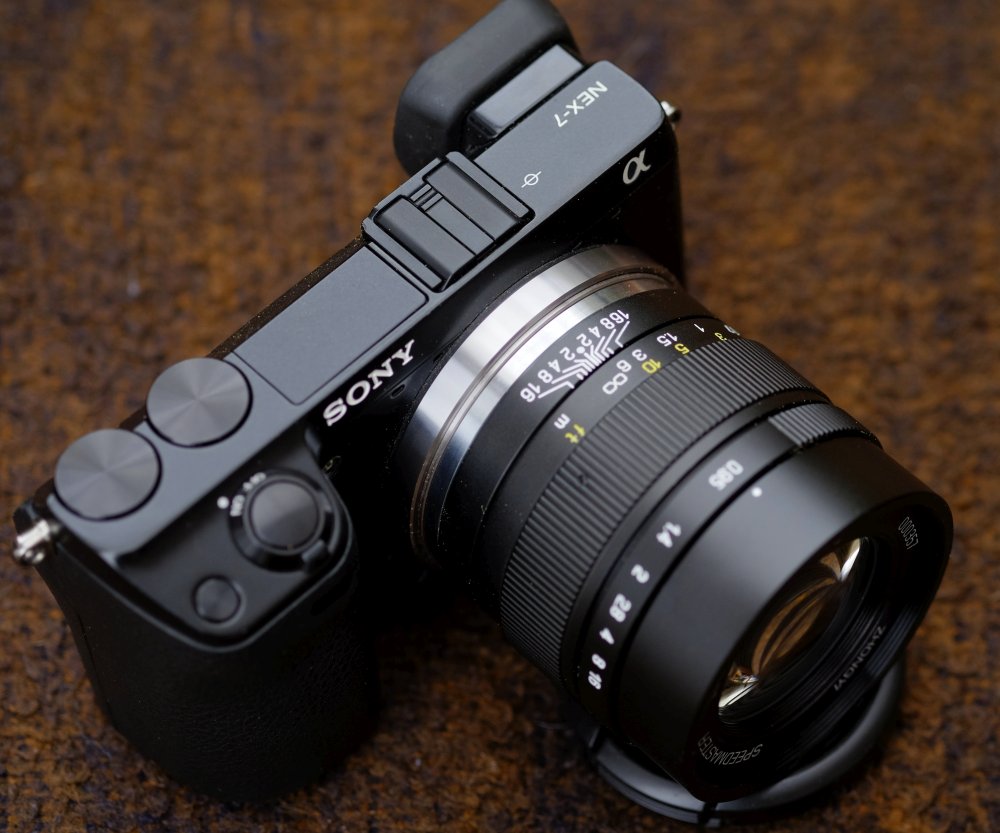
High Speed prime lens for E-Mount cameras
High speed primes for SONY E-mount APS-C cameras are not so common,
since the fastest native e-mount APS lens has f/1.4 (30mm Sigma),
and f/1.8 is considered "fast" (35/1.8 Sony, 24/1.8 Sony/Zeiss).
The MITAKON is a redesign of the 2012 launched 0.95/35mm
lens from Zhong-Yi, a Chinese optical company, covering APS-C sensor
size, and available in FUJI X or SONY NEX mount. Weight is reduced
from fat 680g to 460g. Obviously the optics has changed too. Smaller
front lens (55mm filter instead of 58mm). A complex design of 11
elements in 8 groups, including 6 extra-low dispersion elements,
claimed to reduce chromatic aberrations, distortion, and sharpness
enhanced 33% to the prior version. There is a 50mm/f0.95 from the
same manufaturer which covers full format and is larger and 50%
heavier, plus a smaller 25/0.95 lens in 4/3 mounts available. The
APS-C lens could be the best choice, since the lens is not as fat as
the 50, and sharpness isn't a critical issue for a high speed lens,
therefore no real need for a FF-sensor when the unsharp areas aren't
much softer with FF than APS-C.
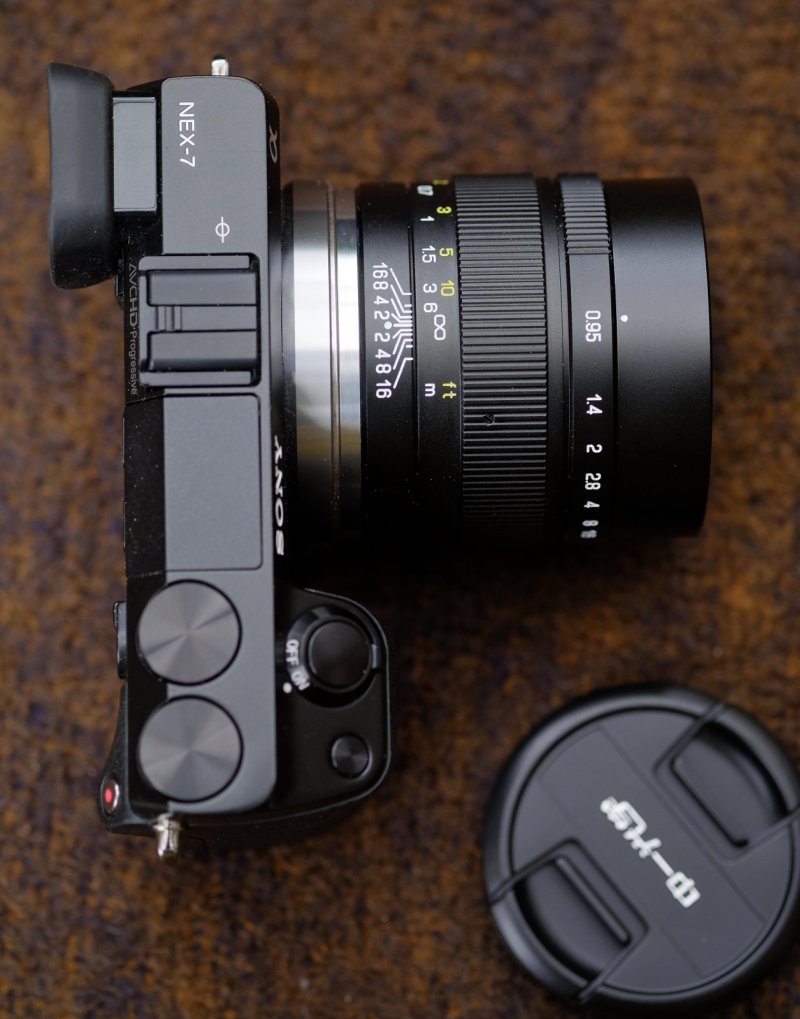
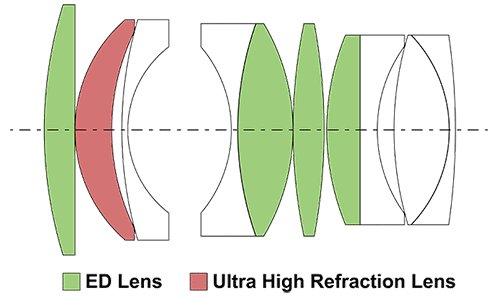
The diagram of the predecessor: 10 elements/ 8 groups, enhanced
Ultron-(Gaussian) type. The enhancement (four back elements on the
right) makes these kind of lenses quite long.
The mark-II version is claimed to have one more element, plus it is
1/3 shorter, so I estimate design was changed radically.
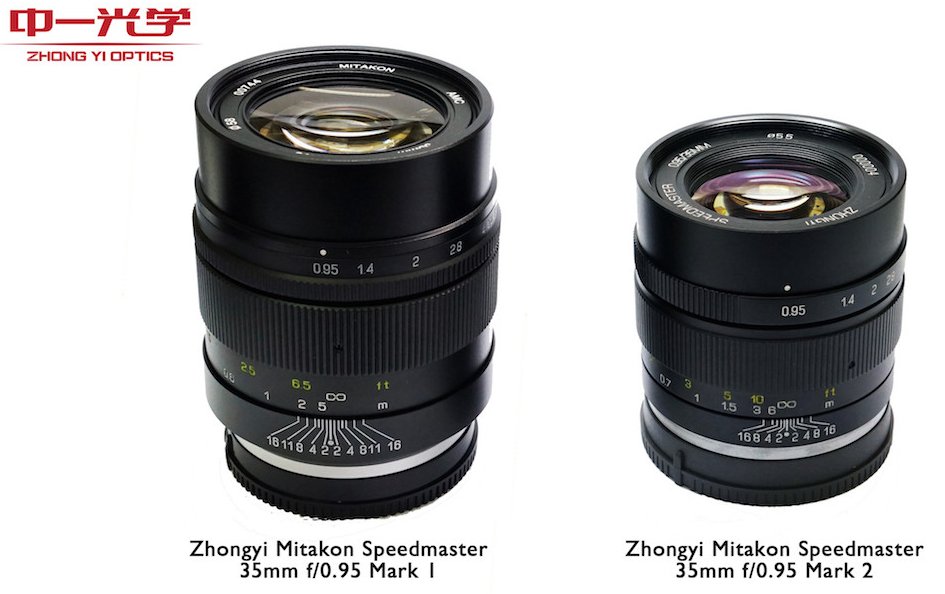
Finish and Provisions
Finish of the MITAKON is a nice mate black with good visible
engraved white letters, light-green feet and white meter scale. Made
of 100% metal. No electric contacts, and therefore, no EXIF-data
(other than the Zeiss Loxias, which brings very basic data: actual
aperture, focal-length, no lens type information). This is a little
bit sad, because when your are interested in lens and aperture
information you need to work it separately with Apps like ExifMixer.
The lens comes in an odd leather covered styrofoam box, a Chinese
printed paper and two caps. That's it.
There is no sun-shade/hood included. I'm fine with it when a lens is
delivered without hood, as long as the lens don't need
one and isn't prone to flare. Against backlite flare
(the most common tpye), a hood is next-to-useless anyway. I doubt
that the Zeiss Loxia 21mm/2.8 really needs a hood,
which is delivered with one. With a lens of that length, a hood
makes handling more complicated and the photographer more
ostentatious. Remember, purpose of mirrorless cams is
low-key action, as opposed to DSLR work. So I don't like hoods
for RF or Mirrorless cams, except for very compact lenses when they
really need them.
What I like much more for a lens than a hood, is a leather stuff bag
to carry it in no-padded bags or pockets. Regrettably, the lens
comes with none.
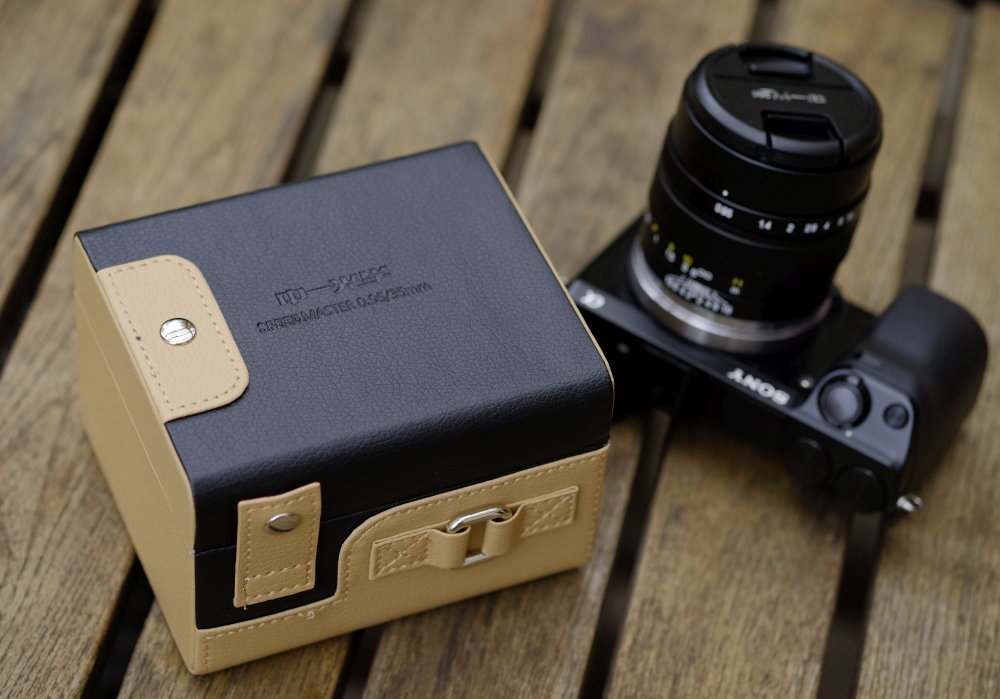
Handling
The MITAKON has a very classic handling with manual aperture and
focus rings. Tested on my NEX-7 handling is better than the
ZEISS Loxia lenses, except there is no finder loupe starting when
turning the focus ring, which could make photographing with MF
lenses a lot easier. The aperture ring (which has no stops) is
pretty well damped, whereas the focussing ring goes very smooth. So
it's quite easy to differ them blindly. Impression is a lot like
LEICA, even if the letter printing isn't as beautiful. Like Leica
(or Rangefinder style), the aperture ring is in the front position,
what I prefer with MF lenses and manual diaphragm strongly against
the Zeiss Loxia (or Fuji X) style.
Different from Leica (except the very old ones), the aperture step
distances are not equalized, means the distances between
f-stops goes shorter closing the aperture, and misses the f/5.6 and
f/11 marking. So the way from f4-f/16 is short, and not precise.
This on't bother me. Visibly intended use is between f/0.95 to
f/2.8.
The black finish fits exactly to my SONY NEX7 (which I prefer to the
newer models for it's metal body). It loooks and feels like a native
made lens. Mounting the lens is easier as with the Zeiss, because
the lens base has a good grip area instead of oversized rings, and
it turns smoother. The quality feel is at least as good as Zeiss. It
feels heavy and good balanced on a SONY NEX-7, though it's much
heavier than the 35/1.8 SONY lens. With lens hood on the 35/1.8
mounted they are about the same in length. The base of the MITAKON
is chromed, at least with the NEX mount version. The texture of
the rings is less fine and feels more like steel than alloy, as with
SONY and lenses. All outer edges are softly rounded, therefore
provide a firm grip without indisposition, are less particle and
dirt prone and so easier to clean. Overall, the metal work of this
Zhonghy lens is better done than the Zeiss Loxia (which
costs about triple price).
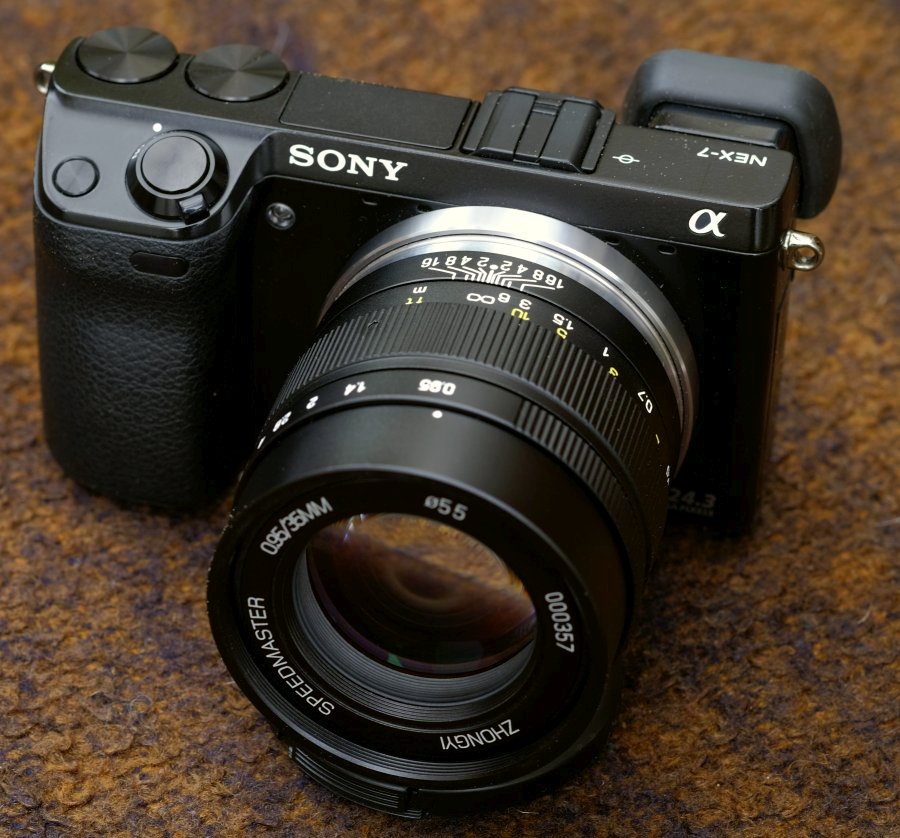
Focussing on the camera
Focussing is easy with the peaking or loupe function of the
camera, but you need to turn it on manually. Sharpness is literally
"jumping", other than with some vintage lenses. The lens focusses
from 0,35m/1ft to infinity (more than most MF lenses) in less than a
half turn (ca. 150 degrees), so it's neither too long than to short.
There is a depth-of-field-scale (beginning with f/2). As expected,
at f/0.95 or f/1.4 depth-of-field range is very limited.
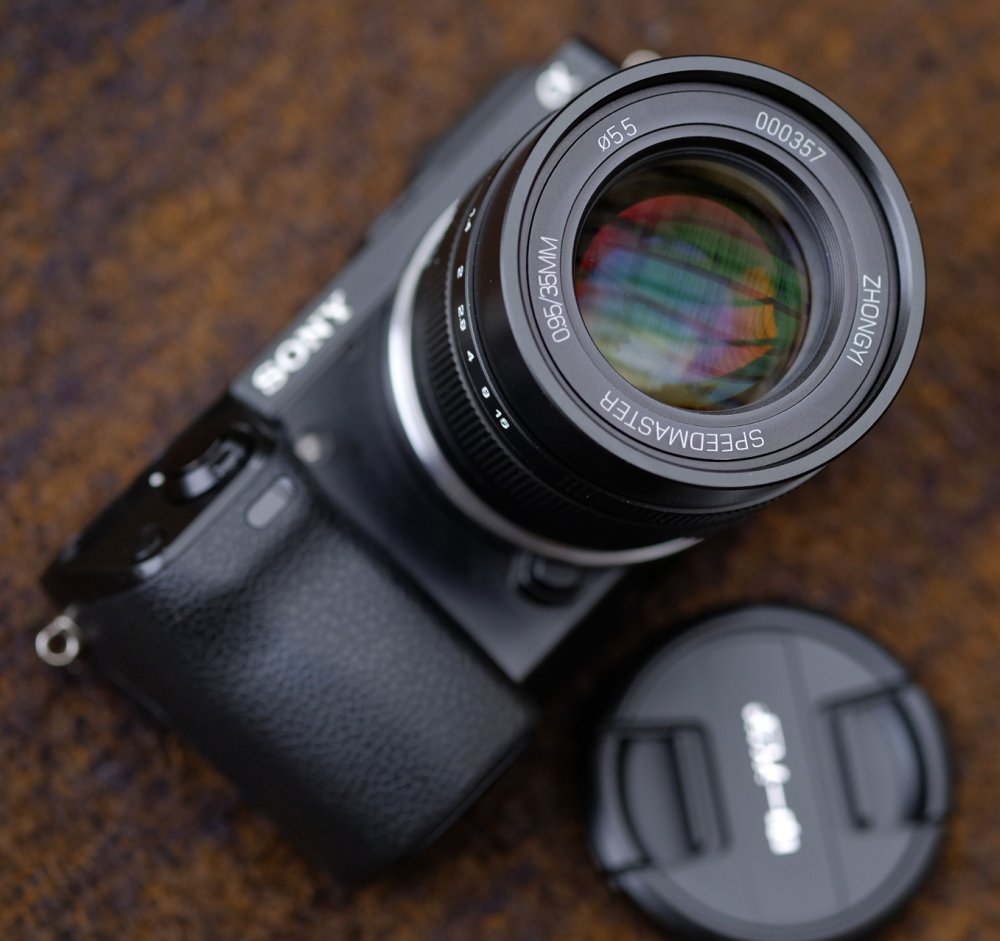
Performance
This is a usefull "character" lens, sharp enough with nice bokeh. I
have no direct comparison to it's predecessor, but from what I have
read about version I performance, mark II is much improved. Right
from f/0.95 the center is sharp. At f/2 it turns very sharp. At
f/2.8 it's sharp to the edges, and from f/4 you can make
architectural work with it. I see no "vintage" look on the pictures.
Contrast is quite dense. If you open from medium aperture to f/0.95
suddenly, there is some color changing to magenta, so keep attention
to white balance. Overall colors are quite nice. There is color
fringing at sharp edges at f/0.95, but it's gone at f/2.8, and in
summary quite low for such a fast lens. Low backlite flare for a
highspeed lens. No hood needed really. Obviously inner surfaces of
the leans are painted black, opposed to the first version which was
low in contrast at backlite.
Talking about bokeh, there is no "swirl" or unruly bookeh. No
noticeable spherical aberrations. Some coma is present wide open,
but gone till f/4. The MITAKON renders unsharp areas in a way of
"classic" Gauss-type-lenses, so I would guess the overall design is
still Gaussian. I didn't detect any distortion (but this isn't a
lens with primary focus in architectual work). Light falloff is high
at large apertures, what can be expected with very fast lenses.
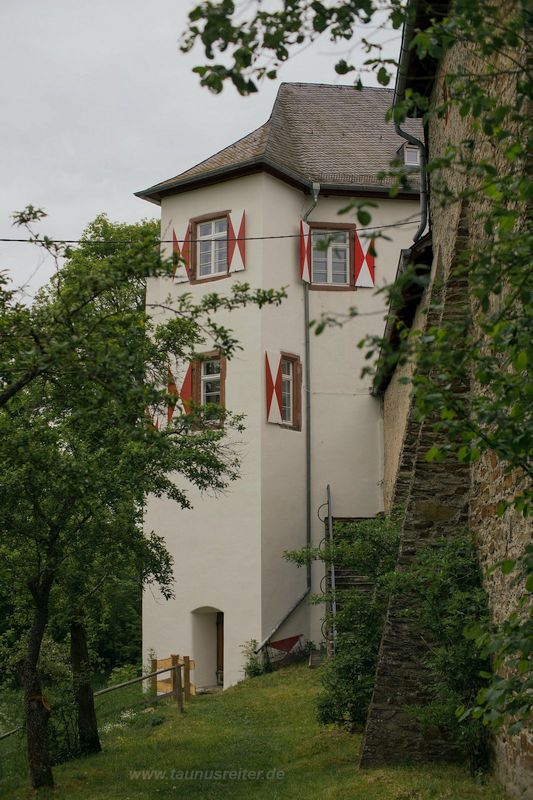
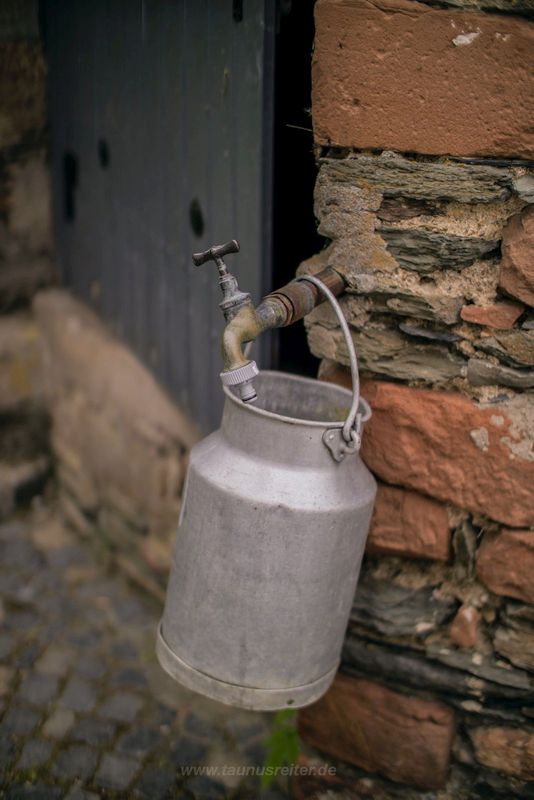
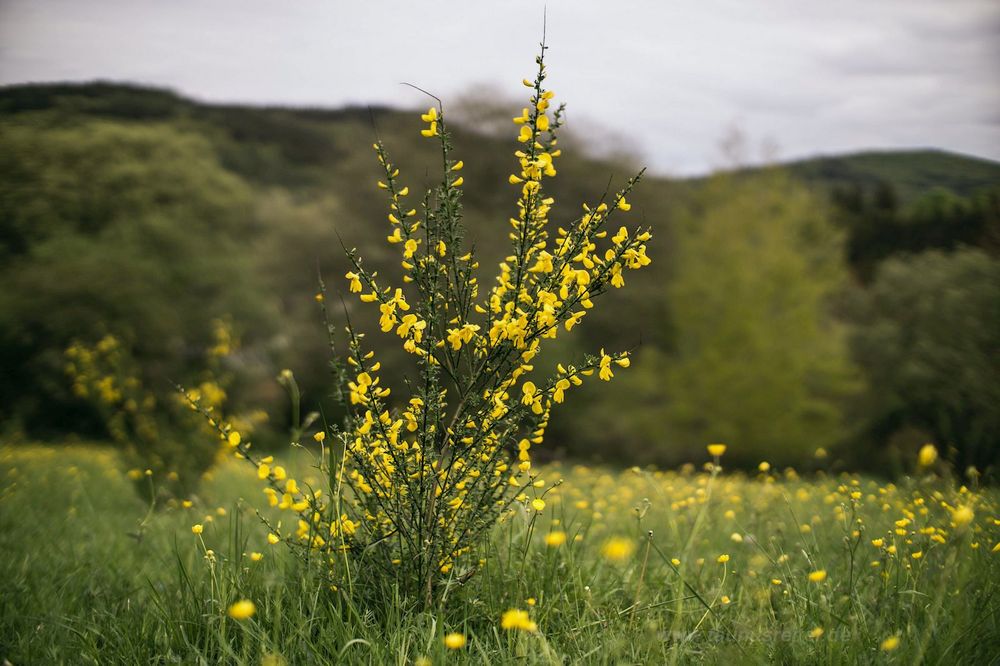
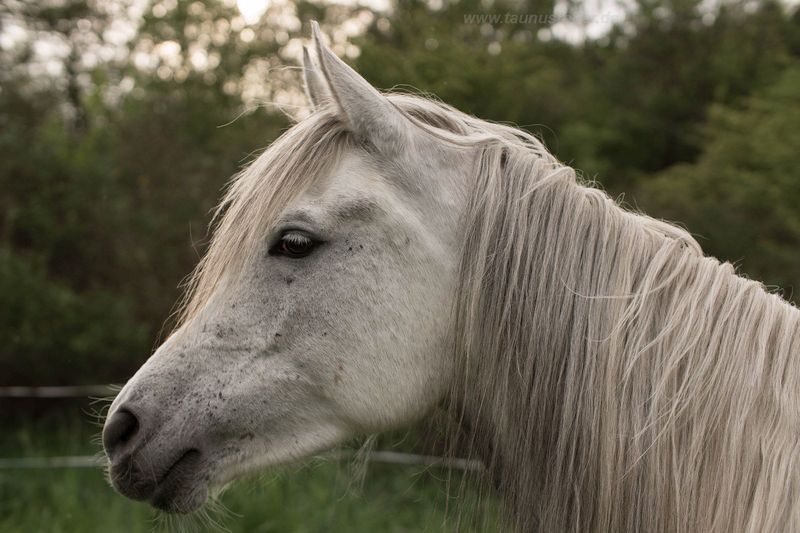
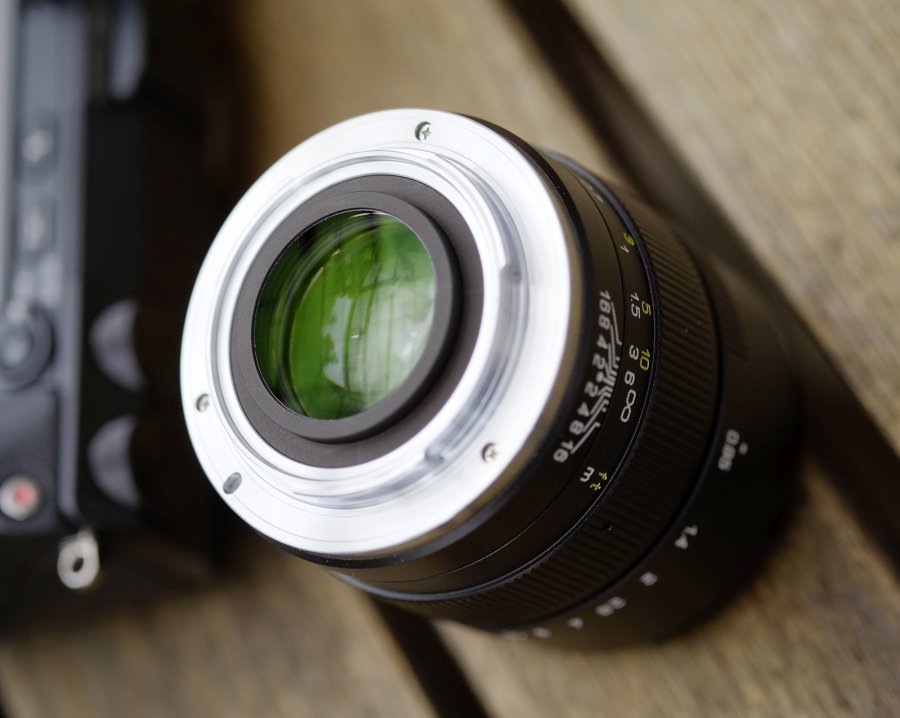
Overall verdict
After 3 months of usage this went to be my favorite lens on my
NEX-7. I even prefer it to my former favorite Sony SEL35F1.8.
Different from
most other MF lenses I rarely miss a shot due to unsure focussing.
The MITAKON is a joy to use, makes nice pictures full of character
and looks great on the camera. I use it mainly at f/1.4-2.8, since
the bokeh is quite nice on these apertures and the field of
sharpness is large enough for most objects. Anyway, for stronger
daylight you need to dim to f/2-2.8 even at 1/4000s, if you don't
have a ND (gray) filter attached.
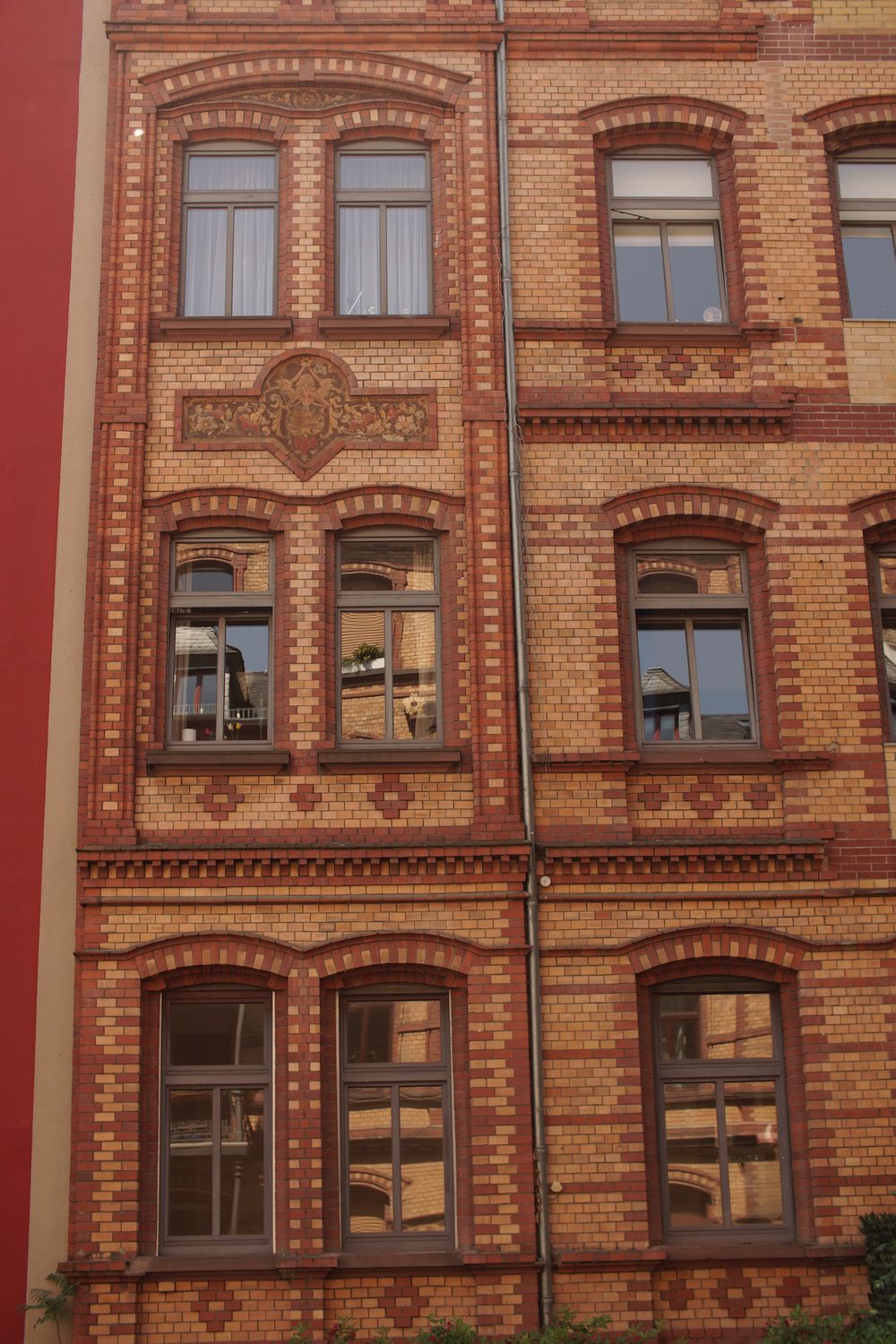
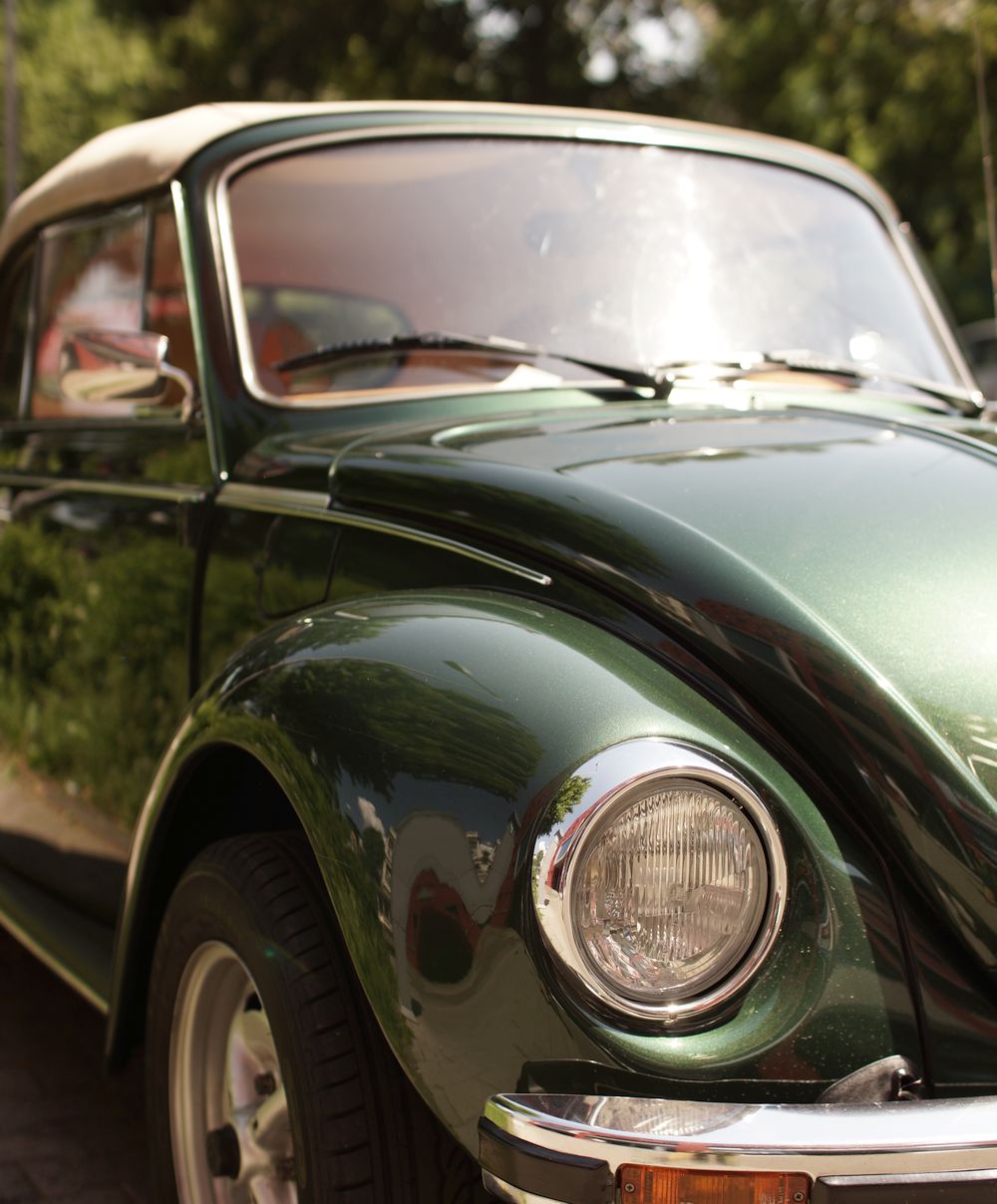
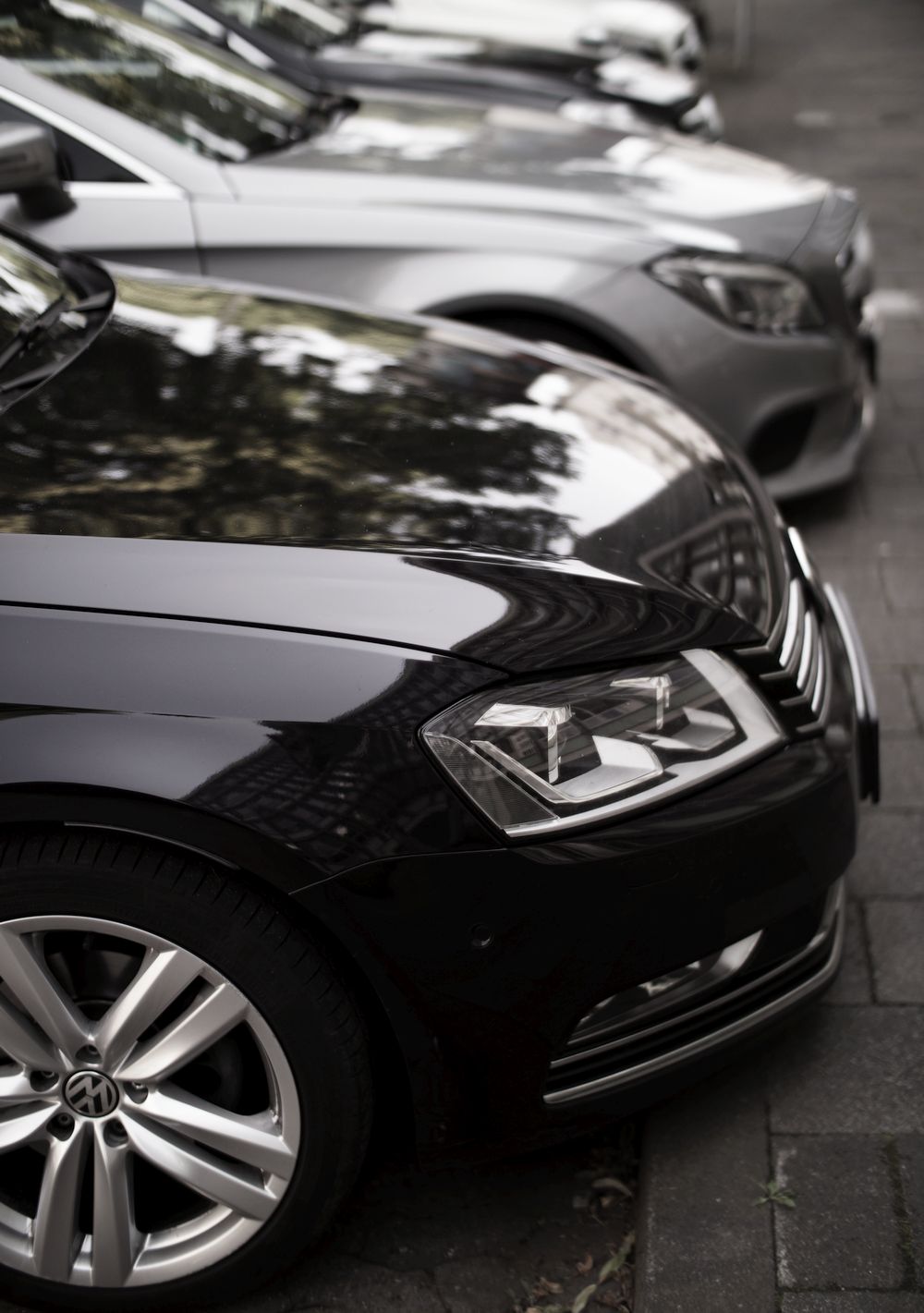

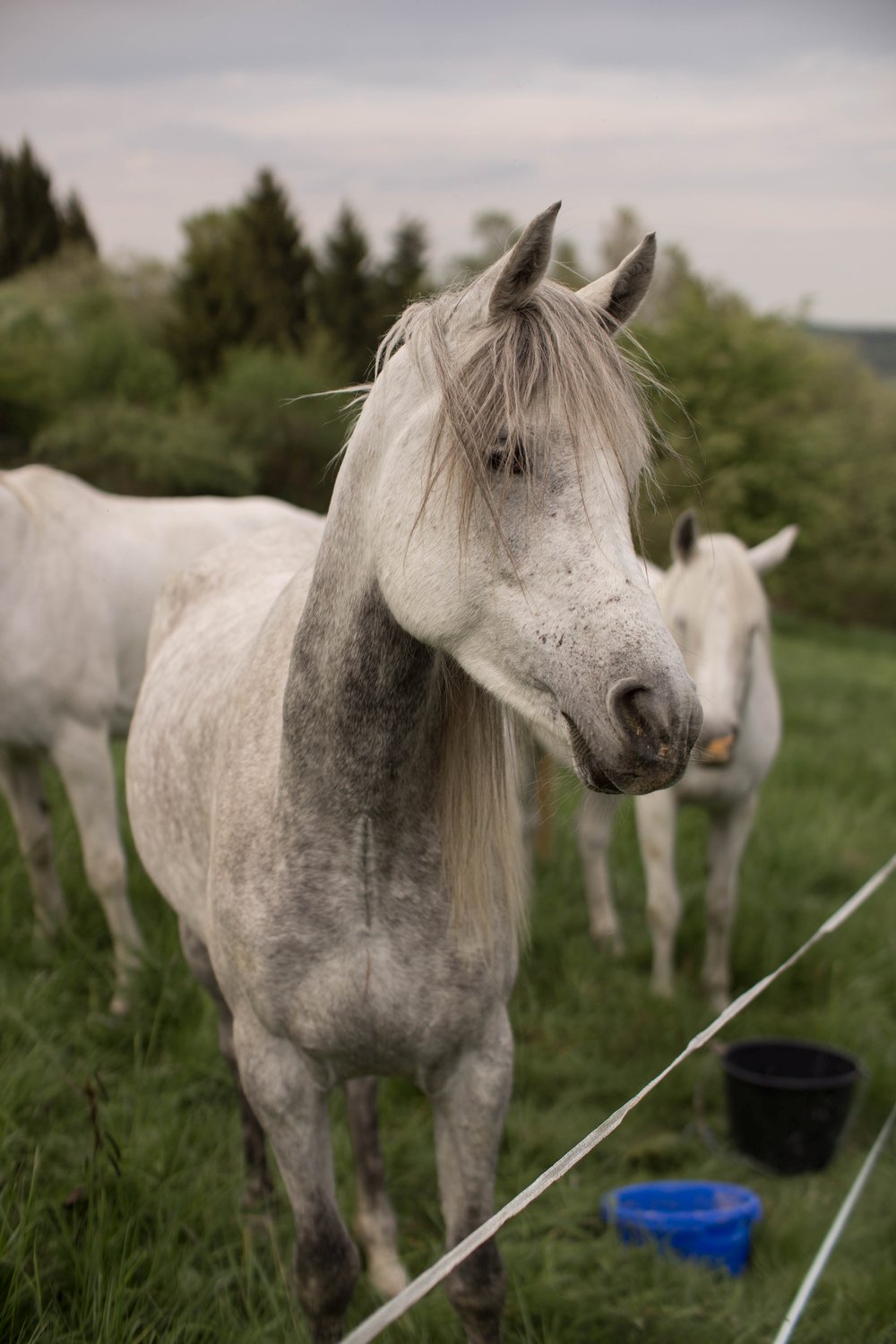
Your
comments ?
- Back
to Cameras -
contact:
taunusreiter  yahoo.de
yahoo.de


















 yahoo.de
yahoo.de